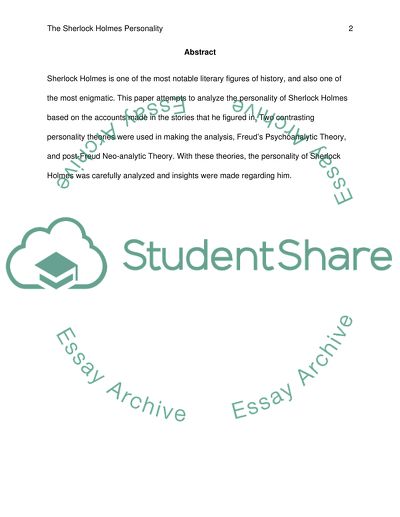Cite this document
(“The Personality of Sir Arthur Conan Doyles Sherlock Holmes Research Paper”, n.d.)
Retrieved de https://studentshare.org/literature/1392662-the-personality-of-sir-arthur-conan-doyles-sherlock-holmes
Retrieved de https://studentshare.org/literature/1392662-the-personality-of-sir-arthur-conan-doyles-sherlock-holmes
(The Personality of Sir Arthur Conan Doyles Sherlock Holmes Research Paper)
https://studentshare.org/literature/1392662-the-personality-of-sir-arthur-conan-doyles-sherlock-holmes.
https://studentshare.org/literature/1392662-the-personality-of-sir-arthur-conan-doyles-sherlock-holmes.
“The Personality of Sir Arthur Conan Doyles Sherlock Holmes Research Paper”, n.d. https://studentshare.org/literature/1392662-the-personality-of-sir-arthur-conan-doyles-sherlock-holmes.


